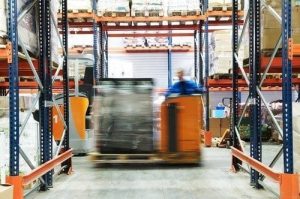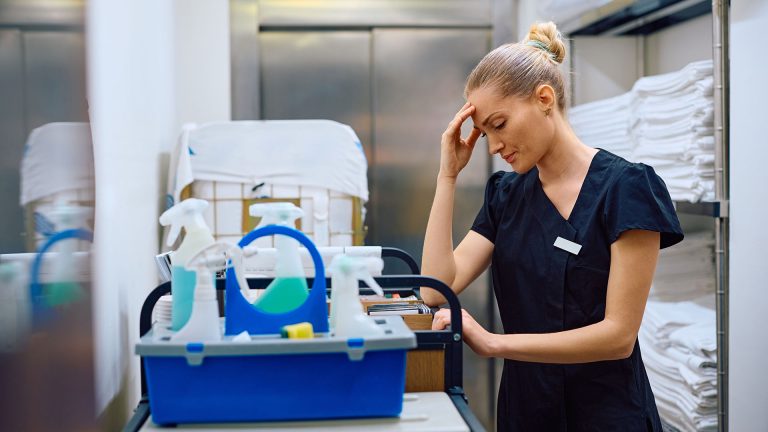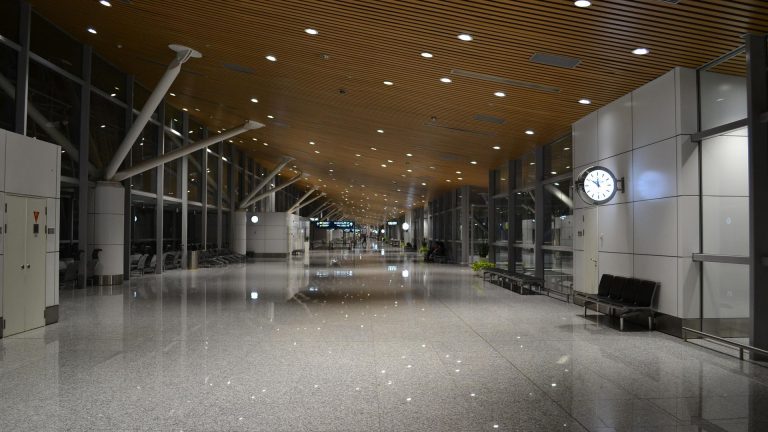
When Amazon acquired the leading warehouse robotics company, Kiva Systems, in 2012, some feared that the e-commerce giant would monopolize the technology. Instead, we’ve seen a boom of competition for robotics innovation.
Fortunately, fears of lost jobs due to automation have also been tempered. Warehouse equipment, whether it’s a robot or powered tug, can serve to reduce physical injuries and stress for warehouse workers.
From third-party logistics to robotic picking and transporting, warehouse automation continues to evolve and diversify thanks to the healthy competition from robotics firms.
How Warehousing Itself Has Changed
In many ways, it’s not just Amazon but rather the rise of e-commerce itself that has changed warehousing. Instead of loading shipments for brick-and-mortar stores, warehouses are more often packing individual shipments for customers.
For the human workers, picking countless items comes with a heavy physical toll. Repetitive stress injuries, back and neck injuries, and pure exhaustion have long been par for the course. With a powered tug to transport items, or even a robotic picker to locate items for a human to grab, the work becomes less demanding and more manageable.
Protect and Empower Human Workers
Today’s robotics and automated warehouse equipment are not replacing all the humans. The technology can actually make people’s jobs better. As Rick Faulk of Locus recently told reporters, “Now it’s about humans and robots working collaboratively.”
Is your company doing enough to stay competitive and keep up with warehousing technology? Simple and effective steps like removing a time-consuming physical task can easily translate into huge efficiency gains. Consider what our powered tug and cart puller equipment can do for your warehouse.


